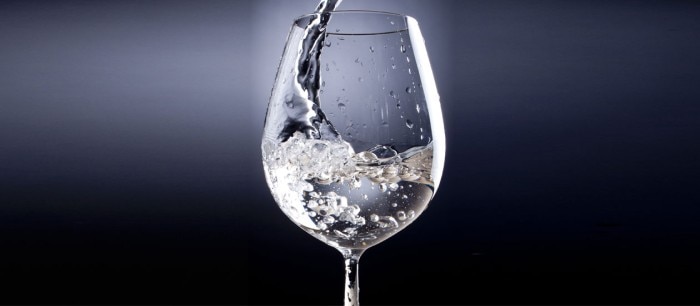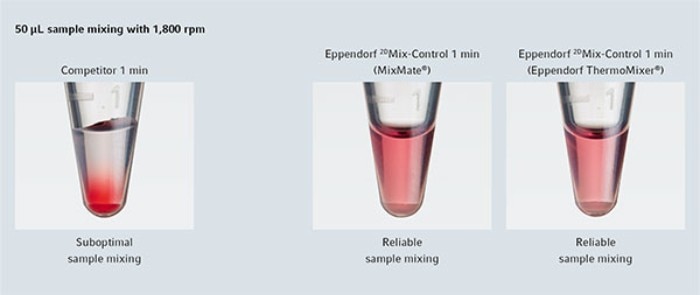MENU
MA | EUR
-
-
-
- Services pour bioprocédés
- Services pour centrifugeuse et rotors
- Services pour Mastercycler
- Services pour automates de pipetage
- Services pour congélateurs
- Services pour incubateurs
- Services pour agitateurs
- Services pour appareils de photométrie
- Service de contrôle de la température et de l’agitation
- Service pour pipette
-
-
-
-
- Services pour bioprocédés
- Services pour centrifugeuse et rotors
- Services pour Mastercycler
- Services pour automates de pipetage
- Services pour congélateurs
- Services pour incubateurs
- Services pour agitateurs
- Services pour appareils de photométrie
- Service de contrôle de la température et de l’agitation
- Service pour pipette
-
MA | EUR
-
- Centrifugeuses de paillasse
- Centrifugeuses au sol
- Centrifugeuses réfrigérées
- Microcentrifugeuses
- Centrifugeuses multi-fonctions
- Centrifugeuses haute vitesse
- Ultracentrifugeuses
- Concentrateur
- Produits IVD
- High-Speed and Ultracentrifuge Consumables
- Tubes de centrifugeuse
- Plaques de centrifugeuse
- Gestion des appareils
- Gestion des échantillons et des informations
Vous vous apprêtez à quitter ce site.
Veuillez noter que votre panier actuel n’est pas encore enregistré et ne pourra pas être affiché sur le nouveau site ou lors de votre prochaine visite. Si vous souhaitez enregistrer votre panier, veuillez vous connecter sur votre compte.
Aucun résultat trouvé
Chercher des suggestions

Facing Irregular Mixing Results in Your Microtube?
Jan Bebermeier Lab Academy
- Mélangeurs et agitateurs
- Test
Mixing 50, 100, or even 1,000 mL is a simple process. Due to the available volume you can easily create a vortex within your vessel, resulting in very well mixed samples. Low volume mixing is different. Special processes are needed to avoid capillary effects, meaning stuck liquid samples.
Reliable sample mixing is far beyond simple mixing, especially when talking about microliter volumes. Microtubes or microplates of 200 µL or 500 µL volume have a very small diameter of a few millimeters. A droplet of e.g. 50 µL tends to stick in one droplet which is moved around by the mixing process. Due to this droplet movement, there is no real mixing within the droplet. As a result, your sample is not mixed within itself but steadily shifted around within the vessel.
Lire moins

This mixing can be shown by a topview time-lapse photography of controlled mixing. The pictures show the same well of a skirted Eppendorf twin.tec® PCR Plate 96, filled with 75 μL of water with dye Ponceau 4R. The first picture on the left shows a sample without mixing. Picture two-to-five show a controlled mixing at 1,650 rpm mixing speed (4 time-lapse photos). The droplet clearly changes its shape, resulting in internal mixing processes.
The 2D Mix-Control technology enables liquid mixing in a very controlled, circular movement. Besides the efficient mixing, the lack of chaotic splashing enables mixing without lid wetting or cross-contamination.
The 2D Mix-Control technology enables liquid mixing in a very controlled, circular movement. Besides the efficient mixing, the lack of chaotic splashing enables mixing without lid wetting or cross-contamination.
Lire moins
Mixing Comparison
Lire moins

Mixing a liquid sounds easy. But this set of pictures show the gap between suboptimal mixing and reliable sample mixing. Especially when cost-intensive downstream applications will follow the mixing process, a 100% and reliable mixing of your samples is mandatory.
Lire moins

